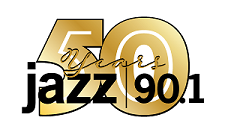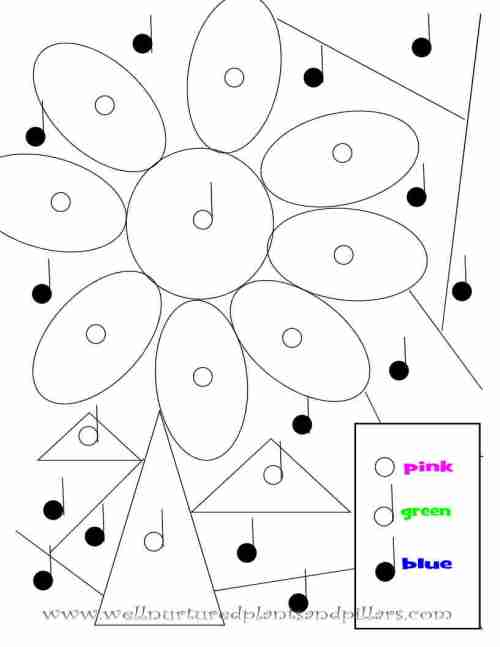This week, we are going to dig a bit deeper into the history of jazz, and how America’s original true art form came to be. Below, you’ll find fun information, videos about the history of jazz, and activities that you can do at home.
Lesson For This Week: The History of Jazz
Jazz facts for kids
Jazz is a music genre that originated in the African-American communities of New Orleans, United States, in the late 19th and early 20th centuries, and developed from roots in blues and ragtime. Jazz is seen by many as “America’s classical music”. Since the 1920s Jazz Age, jazz has become recognized as a major form of musical expression.
Jazz is characterized by swing and blue notes and improvisation. Jazz has roots in West African cultural and musical expression, and in African-American music traditions including blues and ragtime, as well as European military band music. Although the foundation of jazz is deeply rooted within the black experience of the United States, different cultures have contributed their own experience and styles to the art form as well. Intellectuals around the world have hailed jazz as “one of America’s original art forms”.
What is jazz?
It is difficult to give an exact definition for “jazz”. One important part of jazz is improvisation (improv), which means the person playing is making music up as they go along. If a jazz band is playing a song, the song may have several solos where one player will improvise while the rest of the band, except for the rhythm section (such as the piano, bass, or drums), does not play. Some common jazz instruments include the saxophone, trumpet, piano, double bass, and drums.
Although jazz is considered difficult to define, in part because it contains many subgenres and because it encompasses a wide range of music spanning a period of over 100 years, from ragtime to the rock-infused fusion. Attempts have been made to define jazz from the perspective of other musical traditions, such as European music history or African music.
History
Benny Goodman, one of the first swing big band leaders to become widely popular
There have been different types of jazz through time. New Orleans jazz began in the early 1910s. Dixieland jazz was also popular. In the 1930s, there was swing jazz, which was also called big band jazz. In the 1940s, bebop became a major type of jazz, with fast songs and complex harmony.
Large jazz bands, which are called big bands, were also popular in the 1940s. Big bands usually have 5 saxophone players, 4 or 5 trumpet players, 4 trombone players, a piano player or guitar player, an acoustic bass player, a drummer, and sometimes a singer.
In the 1950s, there was hard bop jazz. In the 1960s, there was modern jazz and free jazz. In the 1970s, jazz fusion began to blend jazz music with rock music. Some jazz is still played with the same improv methods as it did at its beginning, except with modern electronic instruments.
Images for kids
- Double bassist Reggie Workman, saxophone player Pharoah Sanders, and drummer Idris Muhammad performing in 1978
- Ethel Waters sang Stormy Weather at the Cotton Club
- Betty Carter was known for her improvisational style and scatting.
- Dance in Congo Square in the late 1700s, artist’s conception by E. W. Kemble from a century later.
- Scott Joplin in 1903
- WC Handy age 19, 1892
- The Bolden Band around 1905
- Morton published “Jelly Roll Blues” in 1915, the first jazz work in print
- Sheet music for “Livery Stable Blues”/”Barnyard Blues” by the Original Dixieland Jazz Band, Leo Feist, Inc., New York, copyright 1917
- Duke Ellington at the Hurricane Club (1943)
- Thelonious Monk at Minton’s Playhouse, 1947, New York City
- Charlie Parker, Tommy Potter, Miles Davis, Max Roach
- Machito (maracas) and his sister Graciella Grillo (claves)
- Dizzy Gillespie, 1955
- Mongo Santamaria (1969)
- Jazz at the Philharmonic announcement, 1956
- A shot from a 2006 performance by Peter Brötzmann, a key figure in European free jazz
- Naná Vasconcelos playing the Afro-Brazilian Berimbau
- Bill Evans at the Montreux Jazz Festival with his trio consisting of Marc Johnson, bass, and Philly Joe Jones, drums, July 13, 1978
- Randy Weston
- Fusion trumpeter Miles Davis in 1989
- Wynton Marsalis
- David Sanborn, 2008
- John Zorn performing in 2006
- Steve Coleman in Paris, July 2004
- Bucky Pizzarelli and John Pizzarelli performing at Village Jazz Lounge, [[Walt Disney World]
Classics for Kids® Jazz Programs
George Gershwin: Rhapsody in Blue
Scott Joplin: Ragtime Music
William Grant Still: Afro-American Symphony
Videos of the Week – Jazz Rap and Jazz History
Closing Activity:
With a parent or family member, Google “famous jazz musicians,” and see if you can identify the instruments that they play. Also, choose your favorite instrument and musician, and either listen to, or watch a jazz performance by that artist. What did you think?
Time to Color!




